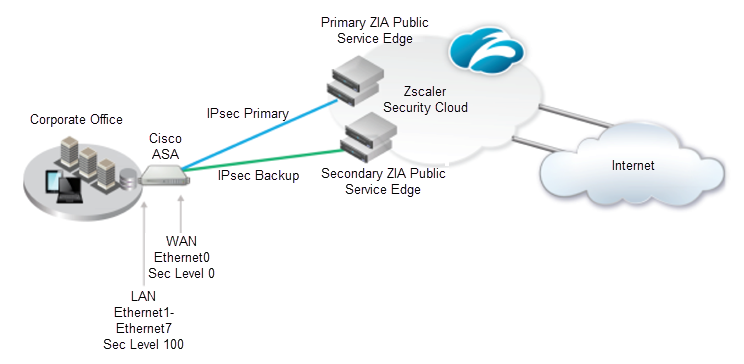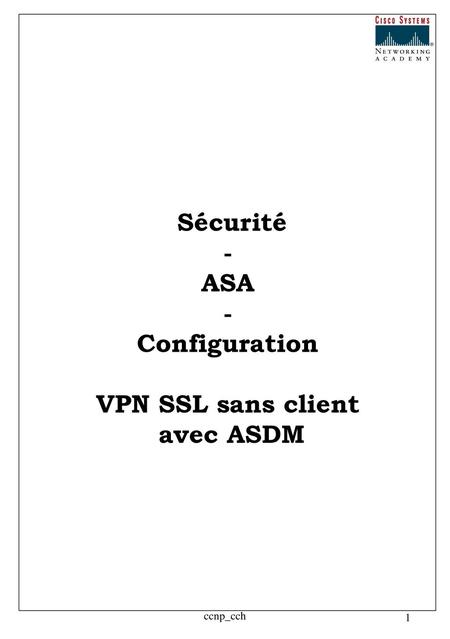

I have found that the connection tracking is very “informative” and logs each connection creation and teardown despite if you enable or disable logging of the firewall rule. %ASA-1-105005: (Primary) Lost Failover communications with mate on interface interface_name. The last step is do define which logging messages the ASA should log which which serverty, e.g.

It is crucial to have syslog not disabled on this page, otherwise there will be no logging to your syslog server. I find the level informative to be the best one if you disable some messages which produce a lot of messages in the next step. You can define custom map of filters based on event class and severity or just filter on serverty. You also need to enable it in the syslog filter and setup which syslog levels you want to log to syslog, via email etc. It’s not enough to configre the syslog server to get it working.

I don’t know where to find this option in the ASDM. In order to get the Cisco ASA to send the hostname in the syslog message you need to enable the following command The Cisco ASA doesn’t send the hostname by default (tested on version 8.4). I don’t find the idea of introduction a dependency between the syslog server and the firewall a good idea (at least if you use graylog which wasn’t very stable in the past, although it has improved in the latest versions). The option allows traffic to in case the syslog servers is down (only works with TCP syslog of course). There’s an important option at the top of the page. Logging host interface-name syslog-ip-address proto/port You cannot use the standard port TCP 514 with Cisco ASA, so we setup d a DNAT on the syslog server from port TCP 1470 to TCP 514. The settings should be pretty straight forward. Again this post is nothing you won’t somewhere on the Internet or in the Cisco Documentation or by cafefully looking the ASDM interface.įirst you need to setup to which server you are want to log.
#Asa asdm teardown icmp connection how to#
You create a new service policy that needs to be applied GLOBALLY.ĭefine the traffic that you need to collect Netflow statistics for.Īnd then define the collector that statistics for this traffic will be sent to (that you defined above).įinally, you have a Netflow service policy on your ASA.Īfter deploying these changes to the ASA, you configuration for the feature should looke like this.Īccess-list global_mpc extended permit ip any anyįlow-export destination inside 192.168.1.13 9995įlow-export event-type all destination 192.168.1.In the last week I was tweaking the logging setup of our Cisco ASA firewalls at work and find out why it didn’t work in the first place and how to disable “unneeded” messages. To enable the ASA to start sending information to the collector defined above you need to go to Firewall > Service Policy Rules. Note: In the below screenshot, UDP Port is 2055, please use the port 9995 in place of 2055.Ĭonfigure the Netflow information extraction You can also set the template packet send frequency and disable syslogs that are redundant after the Netflow information extraction. There you can set the Netflow collector ip address, the ASA interface it is behind and the port(9995) it supports. In ASDM under Configuration go in Device Management > Logging > Netflow. The document below presents how to use ASDM to configure the ASA to send Neflow information to the Netflow collector. For information on the feature itself, its functionality and limitations you can read here. The feature was introduced in ASA 8.2.1/ASDM 6.2.1. The implementation used on the ASA platforms is NetFlow v9 which is defined by RFC3954 This is done by sending binary data in UDP packets as opposed to ASCII based syslog messages.

NetFlow on the ASA provides an efficient way to track connection creation, teardown and denies in an efficient manner. Logging in high performance environments is non-trivial.


 0 kommentar(er)
0 kommentar(er)
